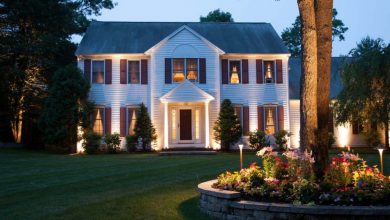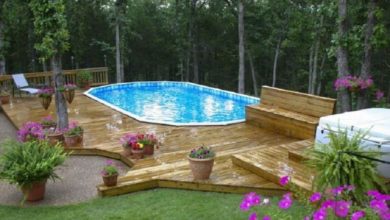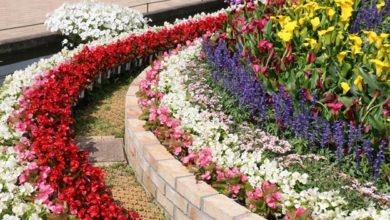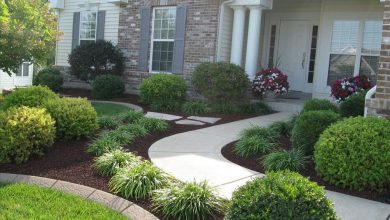How important is adequate drainage in relation to synthetic grass?
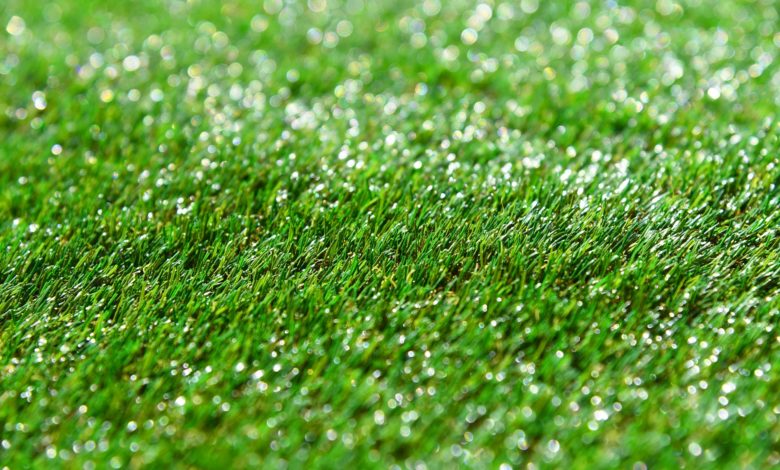
There are a myriad of reasons for poor drainage in your yard, but the amount and distribution of rainfall, soil type and contour of the land all contribute to this issue. This is why we always recommend a professional installation rather than a DIY job for your synthetic turf.
That’s because if there are drainage problems in your yard, we can recognise them and help to resolve them, before we install your synthetic turf. After all, no one wants to see their new synthetic turf turn into a swimming pool a week after it’s installed!
In fact, as far as artificial turf is concerned, drainage is vitally important to its look, feel and durability. There’s no need to panic, however, because we are going to give you a quick overview of potential drainage problems and how to recognise them, as well as how to fix most drainage problems in your yard, before laying your new synthetic turf.
Common causes of drainage problems in artificial grass
It’s important to note that drainage problems with artificial turf are not due to the turf itself, as water has no problem draining through the permeable backing of SYNLawn turf. Any drainage problems you may encounter are therefore generally due to incorrect installation combined with existing drainage problems.
For example, clay soils are notorious for being difficult to drain, as are low lying gardens, unevenly graded gardens and gardens that are located over a high water table (particularly near lakes). Additional problems arise when the wrong topping infill or underlying subbase is used during installation of your synthetic grass, either of which can prevent proper drainage from the turf.
When you mix these factors together, for example not using a subbase over a clay soil, you create a recipe for a drainage disaster at some time in the future.
Recognising drainage problems
Obviously, a big puddle of water in the middle of your synthetic turf is a clear and obvious sign of a drainage problem. Other signs could include the growth of weeds or mould beginning to grow on the surface of the turf, or even surrounding plants dying because their roots are completely water logged. You might also notice that the fibres of your synthetic turf look deformed or the synthetic turf itself might appear to be unstable. Any of these problems will certainly reduce the usability of your artificial lawn and heavily impact its longevity, not to mention its appearance may be lacking.
Fixing drainage problems
Once you know the cause of your drainage problems, it’s a simple matter to fix them prior to installing your synthetic turf. For example, if you have a packed clay soil then spiking the soil to create air holes and dusting with powdered gypsum should help to break up the clay clumps and aid drainage. For severe drainage problems you can build drainage channels for the runoff and direct it into a drainage ditch or underground water tank for use in the garden. You could also grade the land to make it more level and remove depressions that are adding to the problem.
All of this means that your synthetic turf really needs to be professionally installed, particularly if you suspect that you have drainage problems. Any short cuts, whether by ignorance or design can lead to disappointment in your synthetic turf. This can only be rectified by removing the turf, fixing the drainage problem and then relaying the turf.
So the take home message is to have your artificial turf professionally installed!


